Art Market
How Dealers Turn Under-Appreciated Artists into Blue-Chip Names
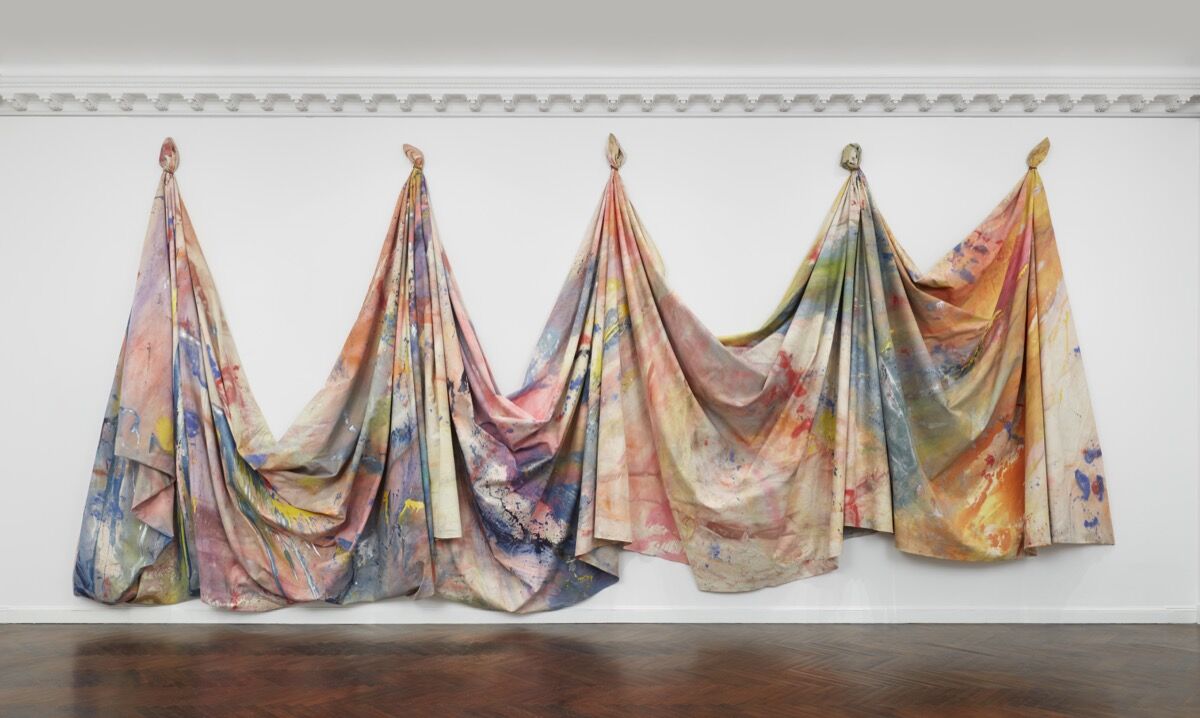
Sam Gilliam, Carousel Change, 1970. Courtesy of Mnuchin Gallery.
Like many dealers, Almine Rech, who runs galleries in Paris, New York, Brussels, and London, enjoys identifying rising young artists such as
and
(both 28), and
(37) to join her program. But she’s just as likely to hunt for talent in yellowed art reviews and old gallery catalogues as she is to look in MFA programs.
“The point is not just to find young artists,” Rech said. “We also want to find artists who need a fresh look and a new pool of collectors.” In scouring the margins of art history for overlooked artists, Rech is part of a growing coterie of top-level dealers—like Dominique Lévy at Lévy Gorvy, Sukanya Rajaratnam at Mnuchin Gallery, and Marc Payot at Hauser & Wirth—who are turning forgotten artists into a vigorous growth market.
The evidence is in their galleries right now. Rech’s New York outlet is showing
, born 1913; Mnuchin has
, who’s 92; and Hauser & Wirth in its uptown New York gallery has woodcuts and sculptures by
, who died in 2004 at the age of 77. The growing market for all three of these artists is not just a testament to the ability of these gallerists to pick and choose artists who are ripe for reconsideration, it’s also evidence of their market muscle—how they use their enviable connections to top collectors, relationships with museums and scholars, and promotional savvy to bring oft-neglected artists back from the dead.
Reintroducing an undervalued artist takes more than just finding an artist who’s lost representation and pulling their greatest work out of storage. It requires heavy investment in scholarship, consistent messaging in catalogues and press releases, and courtship of museum curators, said Rech. A gallery must work with top collectors to loan valuable works to public institutions and even enlist their help in underwriting exhibitions.
2 Images
View Slideshow
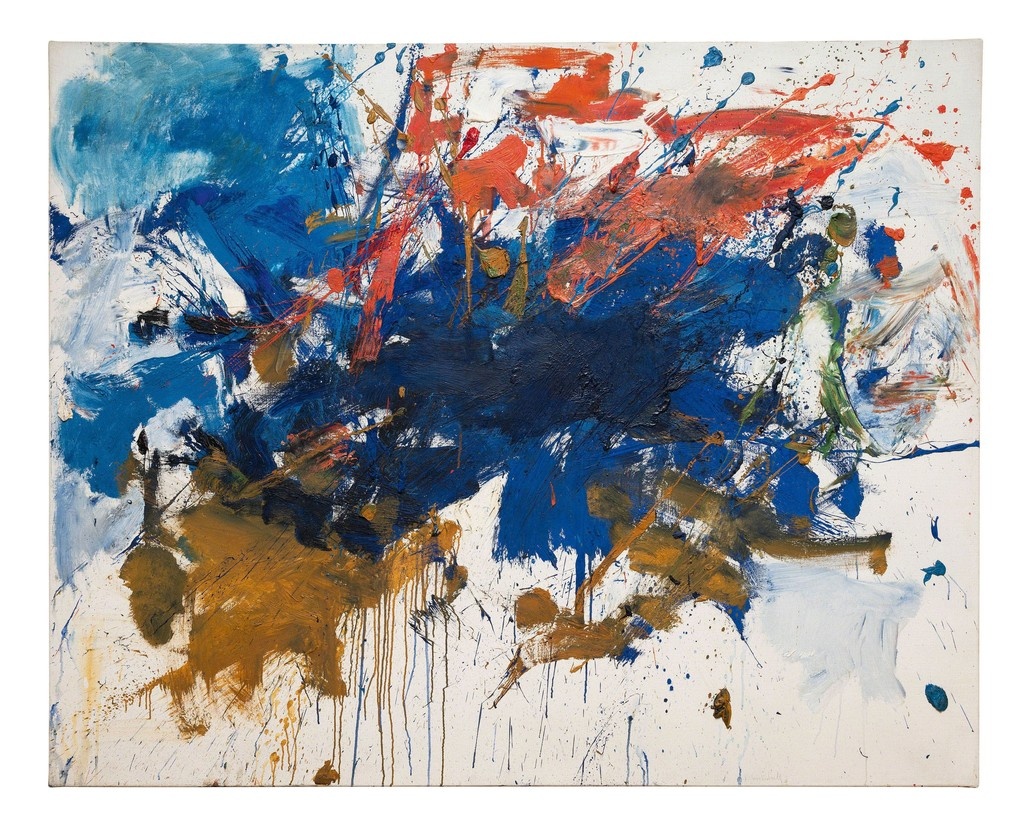
“You have to tell the story again,” she said. Springford, for example, was “very spiritual, with an incredible talent for the superposition of color.” Another favorite,
artist
, whose estate Rech began representing in 2016, “wanted to say that a woman can own her body, and that she can do what she wants,” she said. “They want to say he painted women as objects of desire. But of course. Also why not?”
Gallerists generally deny the notion that it takes a special genius to discover older artists ripe for wider representation. This isn’t necessarily modesty: Often, these gifted artists were hiding in plain sight, rendered invisible by the blinders of racism and sexism in the arts industry, which are only just beginning to lift. During the heyday of mid-century artists like
and
and
, women and African-American artists were systematically excluded from museums and galleries.
The blinkered behind-the-scenes processes that led to the original neglect of artists like
and
arguably continues into the present: 51 percent of working artists are women, according to one count by the National Endowment of the Arts, yet they constitute only 30 percent of artists represented by galleries. African-Americans make up only 6.3 percent of artists represented by top New York galleries, according to a recent CUNY study (by comparison, Yale grads make up 19 percent). This history of bias makes it easy to identify which types of artists have been overlooked in previous drafts of art history.
Marc Payot of Hauser & Wirth pointed to
as an early example of this brand of careful reintroduction. The gallery had its first Bourgeois show in 1996, when the artist was 84 years old. In the two decades since, Hauser & Wirth has mounted nine solo exhibitions, from the first show in Zurich in 1996 while the artist was still alive (Bourgeois died in 2010 at the age of 98) to the recent flurry of shows in collaboration with her estate. Her work has also been included in 13 group shows at the gallery. The gallery monitors activity in the secondary market and auctions, creates catalogues, engages scholars, and collaborates on museum shows, especially those that introduce her work to new audiences, like a large-scale November solo show at the Long Museum in Shanghai.
“When we started to work with her, it was very clear that she was an important artist, but her market was just a fraction of what it is today,” Payot said.
The process above is no get-rich-quick scheme; it’s a long-haul, strategic undertaking, which helps explain why the oldies-but-goodies sector of the market is generally reserved for the most well-financed and highly connected galleries.
To be sure, Bourgeois did have representation before Hauser & Wirth. Starting in 1982, around the time of her Museum of Modern Artretrospective, John Cheim, a young director at Robert Miller, introduced Bourgeois to the gallery principal; she soon joined Miller’s powerful slate of artists. In 1996, thanks to Ursula Hauser (the original Hauser of the gallery’s name), who provided the startup capital and had long been a collector of Bourgeois, Hauser & Wirth had its first Bourgeois show in Zurich—just when John Cheim joined with Howard Read to start their own gallery, Cheim & Read, taking many of Miller’s standouts—like Bourgeois,
, and
—along with them.
Understandably, Cheim sees Bourgeois’s career as a steady rise. The two narratives are not mutually exclusive: While Cheim & Read continued its long, slow build of Bourgeois’s market, Hauser & Wirth grew from a small promising gallery into the industry giant it is today. Bourgeois’s auction records mirror that expansion: In 1997, just a year after Hauser & Wirth’s first show, an untitled, 5-foot-tall wood totem sold for $332,500, after buyer’s fees, in Christie’s November contemporary sale. Nine years later, a nearly 8-foot-tall bronze “Spider” from 1999 brought in $4 million at Christie’s November evening sale.
Their combined efforts paid off in 2015, when Bourgeois set her auction world record at Christie’s November sale, with the sale of a massive bronze sculpture “Spider” for $28.2 million, after buyer’s fees. Since then, both Hauser & Wirth and Cheim & Read have capitalized on this evidence of keen interest at the top of the market by putting on eight Bourgeois shows between them over the past three years: four solo exhibitions and four group shows in which her contributions figure prominently.
But marketing and connoisseurship alone may not be enough to redress the inequities of art history. Sukanya Rajaratnam, a partner at Mnuchin Gallery, suggested that there is a moral obligation to reintroducing artists, especially for a gallery such as hers, which focuses on post-war artists such as
,
, and Rothko, who have already been written into the canon.
2 Images
View Slideshow

“I think it’s our obligation to rewrite the narrative to include artists who were as good, but for reasons they couldn’t control were not included,” Rajaratnam said. Since galleries can put together shows more quickly than museums, she feels that this agility and capability gives them a greater responsibility to correct the record.
She pointed to two recent shows: that of the mid-century African-American artist
last November, and the current show devoted to Ed Clark (the two are 84 and 92 years old, respectively). Both shows grew out of conversations she had with the 75-year-old African-American artist
, whose work Mnuchin also shows and sells, and who considers them formative forces in his art. Both artists made what Rajaratnam called “huge art-historical contributions”—Clark as the first artist to create a shaped canvas, in 1957, and Gilliam as the first to take the canvas off the stretcher, in 1968, innovations that the two have only recently been given credit for.
Like many “statement shows” designed to reintroduce an artist, the Clark and Gilliam exhibitions aimed to compete with museums in scholarship and quality. “There’s a moral element to it,” Rajaratnam admitted, laughing. “But, of course, we’re a gallery, so there’s a financial element to it, too.” Of necessity, the exhibitions included a hefty percentage of pieces borrowed from museums and private collections that were not for sale. Roughly 50 percent of the works on display were available for buyers—enough, Rajaratnam said, to make it worth their while.
But, she added, those sales typically represent only about half their profit from a given show. After a show closes, she explained, the calls continue. On one hand, they are proactive about contacting collectors. “I prefer a softer approach,” she said. “We might call someone with a great Ed Clark and say, ‘Look, I know you’ve had this for years, but this is what I would price your painting at now. You might want to think about selling it at some point. Please give me a call.’” Successful shows also attract unexpected inquiries, from, say, people with works that had never appeared in any previous catalogue raisonné, a friend of the artist, or a doctor who took a painting in lieu of payment. “The show gives us visibility,” she said.
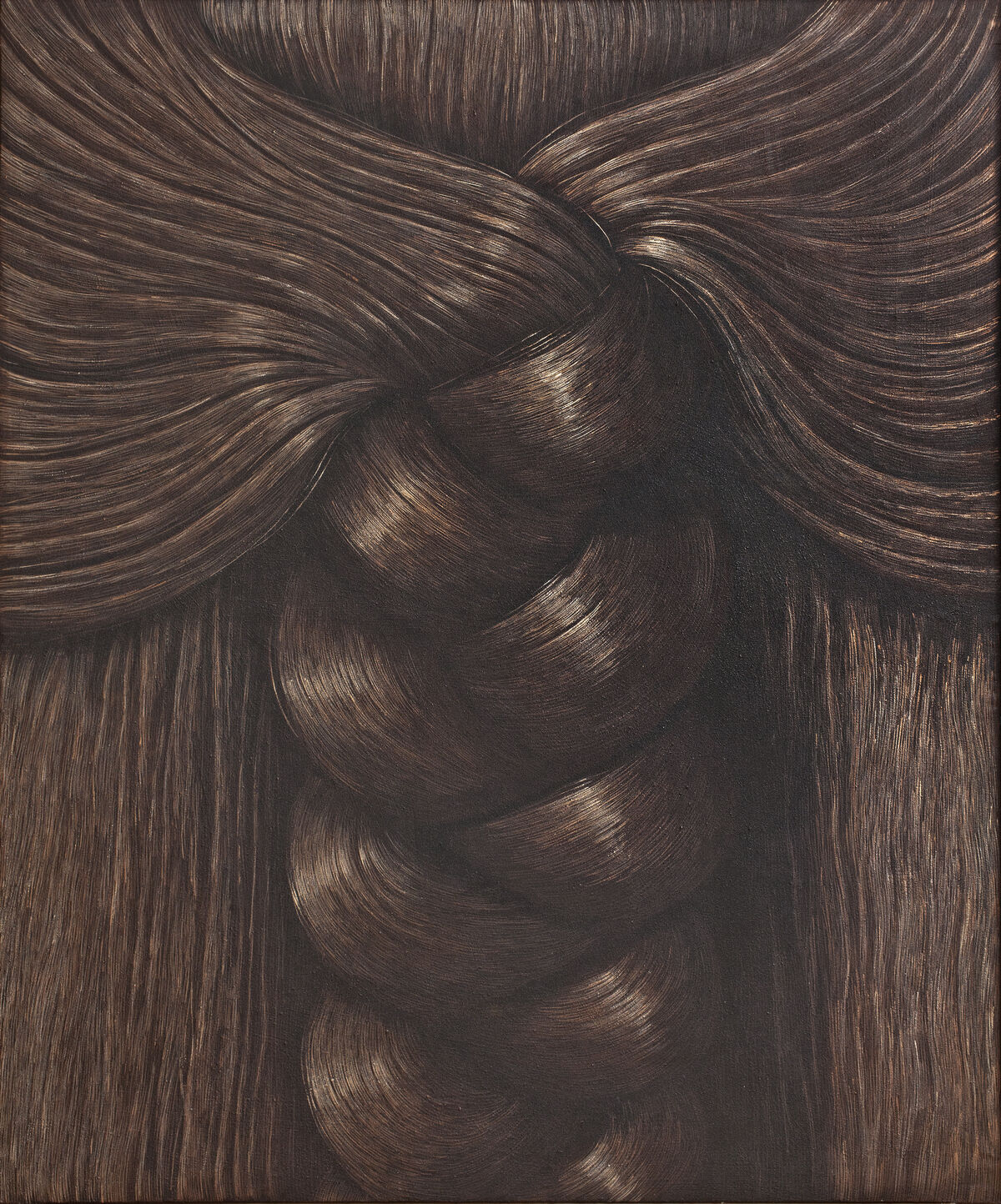
Domenico Gnoli, Braid, 1969. Courtesy of Luxembourg & Dayan.
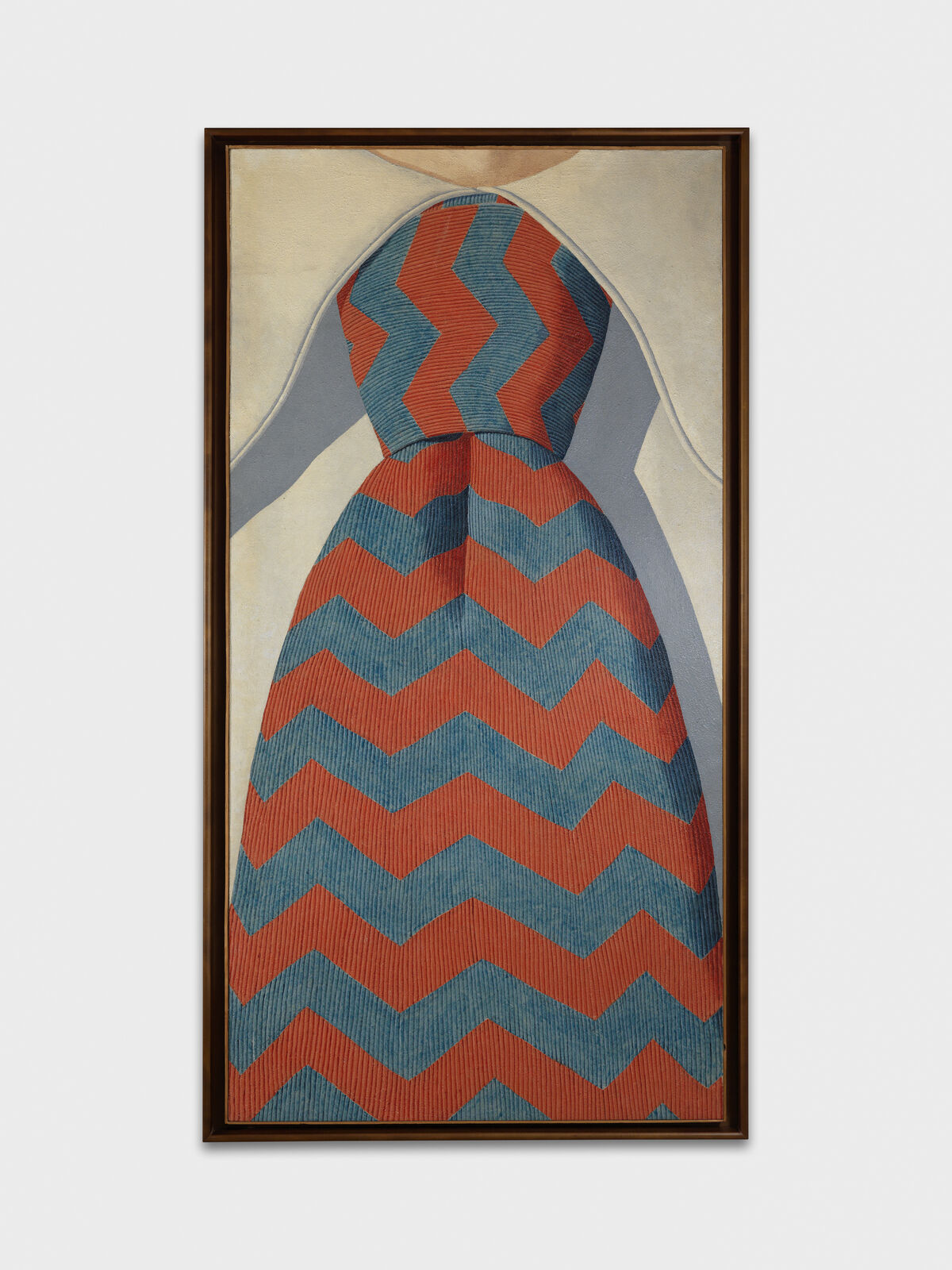
Domenico Gnoli, Cravate, 1964–7. Courtesy of Luxembourg & Dayan.
Not every dealer thinks of this reintroduction as a conscious strategy. Dominique Lévy, founder of Lévy Gorvy and former Christie’s department head (Francois Pinault recruited her in 1999 to run its newly launched private sales division), said she had long championed artists who had worked during the American ascension—the rise of the
and the
, a period she places at roughly 1955 to 1985—in Europe and Asia and Latin America, far from New York and the center of the art market. She ticked off some of the highlights from her list: German sculptor
; Japanese action painter
;
, the German-born transplant to Venezuela.
“Bringing these artists to surface was a natural course of events,” Lévy said. “It was not part of any strategic thinking. It was encounters with artists I was passionate about and wanted to bring to America.” Nevertheless, resurfacing them is still a process of serious outreach and investment. Since Lévy Gorvy mounted its first show on Gego in New York in the fall of 2015, her work has appeared in shows at MoMA and the Art Institute of Chicago. The San Francisco Museum of Modern Art acquired one of her largest works, Reticulárea, Columna 71/9 (1971), one of only 10 of that size and quality in existence. After that sale, for a price well over her auction record, 8 of those 10 are now held in public collections, and the gallery is actively engaged in placing at least one of the remaining two with a major international museum. Twenty-three of her wire sculptures will appear as part of a show of Latin American art at the Fondation Cartier in Paris, opening on October 14th.
The one dealer who seemed comfortable confirming the tactical elements behind such idealism was a veteran of the auction world, Daniella Luxembourg, previously a director at Sotheby’s and a partner in Phillips, de Pury, & Luxembourg, and now co-owner of Luxembourg & Dayan with Amalia Dayan, the granddaughter of the Israeli general Moshe Dayan.
Since 2012, the two have worked to revive the careers of two tragically short-lived Italian artists:
and
, who died at 32 and 36, respectively. The campaign has been a notable success. Just weeks after Pascali’s work Tail of a Dolphin (1966) appeared in a group show at their London gallery, the work set the artist’s record at Christie’s London sale, when it sold for $3.4 million. And Braid, a 1969 work by Gnoli, which first appeared in their 2012 show for the artist, sold last June at Art Basel for $14 million. These prices helped cement the reputations of the previously overlooked artists, and strongly contributed to their current ascendence.
“The more money is in contemporary art,” Luxembourg said, calling out the core preoccupation of the art market, “the more money shapes our unconscious. You might say you have a muscle against it, but you don’t.” In her estimation, no one is immune from the spell of money, not museum directors, art historians, or critics. “The power of the money is very strong,” she said, “hence very few galleries do this, because it means investment, it means research. It means a certain passion for historical material. And that is rare. However, we see it does exist.”
Kevin Conley

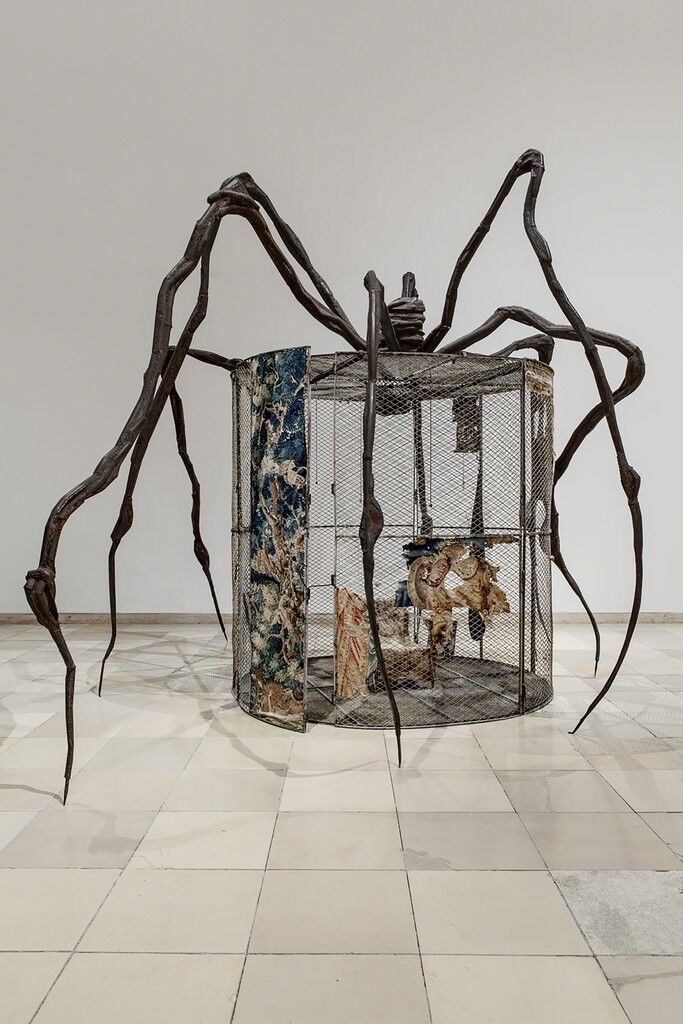
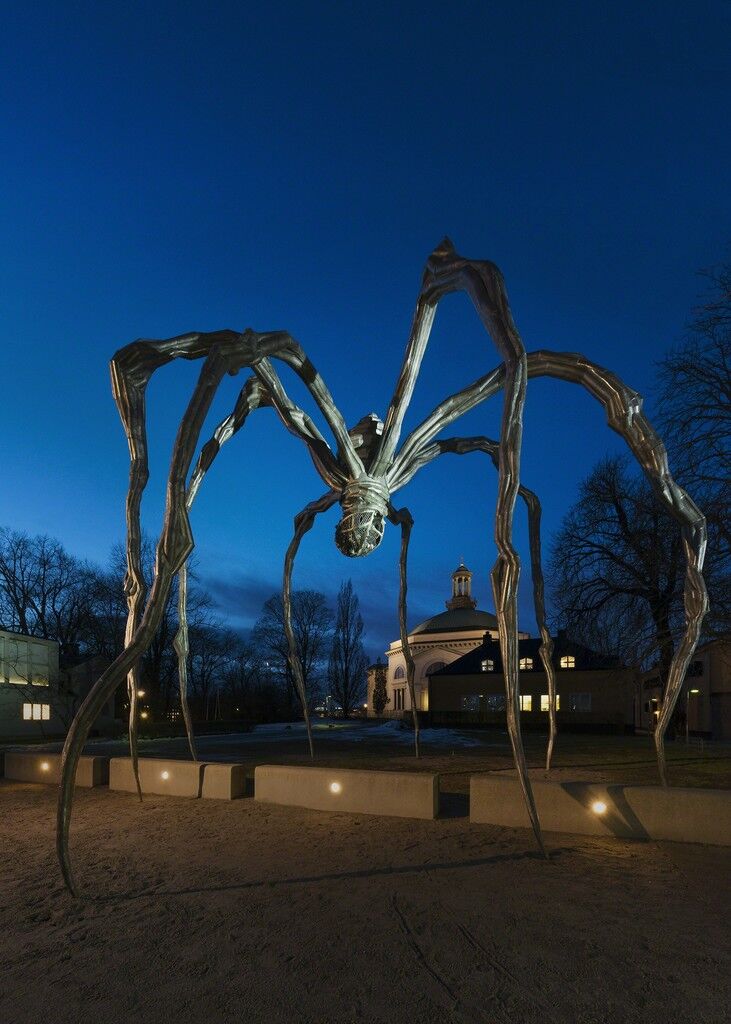
No comments:
Post a Comment